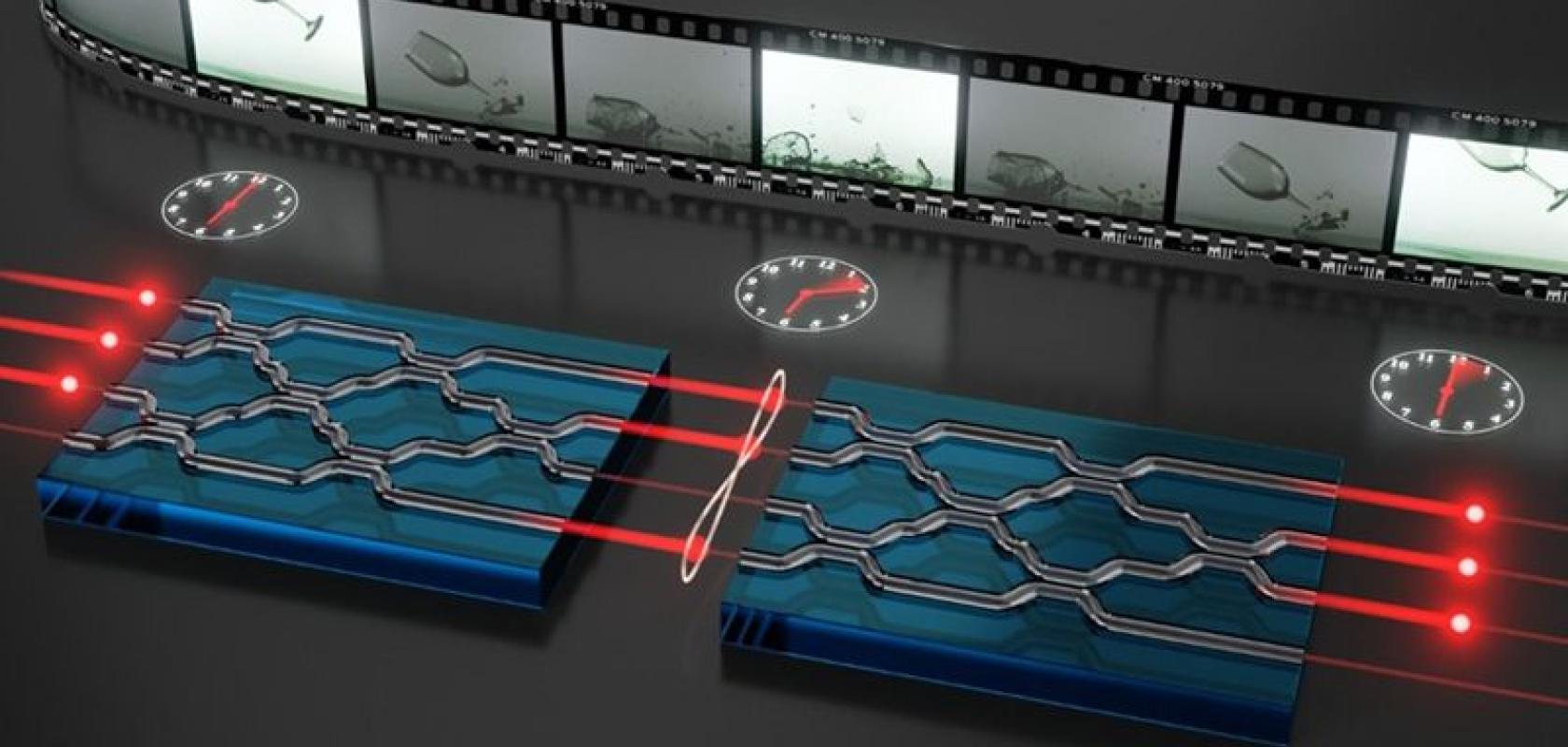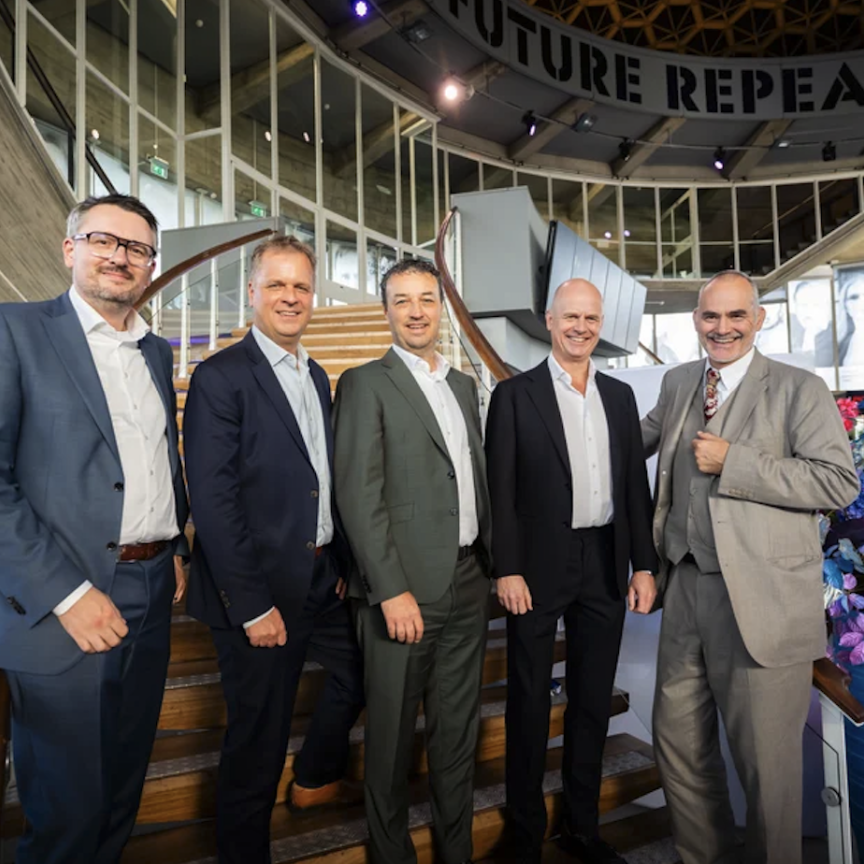Researchers at the University of Twente, Netherlands, have shown that quantum mechanics and thermodynamics can coexist using photons in an optical chip.
The results, published in Nature Communications, show that quantum mechanics can be true at the same time as thermodynamics despite convention previously saying otherwise, according to the university.
In quantum mechanics, time can be reversed – in the sense that the previous state of particles can be found – and information is always preserved. However, with thermodynamics, time is linear and information can be lost.
"Just think of two photographs that you put in the sun for too long, after a while you can no longer distinguish them”, said the author of the study Jelmer Renema.
Although there was a theoretical solution to this problem, along with an experiment with atoms, this is the first time the ‘quantum puzzle’ has been demonstrated with photons, the university says.
In the experiment, the researchers used an optical chip with channels through which the photons could pass. At first, they could determine exactly how many photons there were in each channel, but after that, the photons changed positions. The various channels – also known as subsystems – were entangled. The missing information in one subsystem 'disappears' to the other subsystem.
“Photons have the advantage that it is quite easy to reverse time with them,” Renema said. “When we looked at the individual channels, they obeyed the laws of thermodynamics and built up disorder. Based on measurements on one channel, we didn't know how many photons were still in that channel, but the overall system was consistent with quantum mechanics.”


